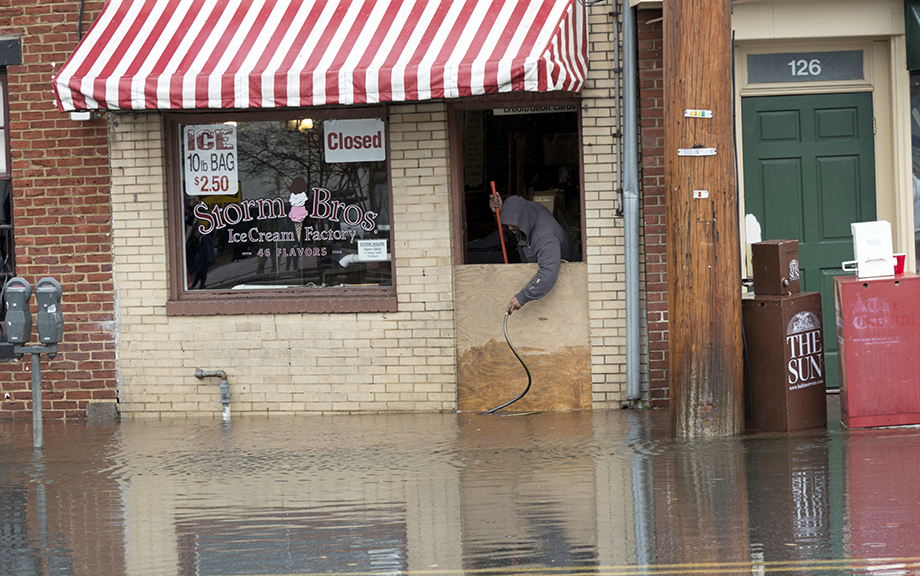Does Income Inequality Affect Small Firms?

The share of income going to high-income households has increased significantly in the United States in recent decades. In 1980, the average income share of earners in the top 10 percent was around 30 percent. However, by 2015, it had surpassed 45 percent. The employment share of small firms has also declined, with a decrease of approximately 5 percentage points over the same period. In this post, we use variation across states to show a correlation between these two developments, with states having the greatest increase in the upper income share also tending to be those with the biggest job creation declines in small firms compared to large firms. One explanation for this correlation is that the increase in the income share of the highest income earners reduced deposits in small and medium-size banks from what they otherwise would have been. In doing so, this shift in income reduced the available credit for small firms, putting them at a disadvantage relative to large firms.
Small Business Recovery after Natural Disasters

The first post of this series found that small businesses owned by people of color are particularly vulnerable to natural disasters. In this post, we focus on the aftermath of disasters, and examine disparities in the ability of firms to reopen their businesses and access disaster relief. Our results indicate that Black-owned firms are more likely to remain closed for longer periods and face greater difficulties in obtaining the immediate relief needed to cope with a natural disaster.
How Do Natural Disasters Affect U.S. Small Business Owners?

Recent research has linked climate change and socioeconomic inequality (see here, here, and here). But what are the effects of climate change on small businesses, particularly those owned by people of color, which tend to be more resource-constrained and less resilient? In a series of two posts, we use the Federal Reserve’s Small Business Credit Survey (SBCS) to document small businesses’ experiences with natural disasters and how these experiences differ based on the race and ethnicity of business owners. This first post shows that small firms owned by people of color sustain losses from natural disasters at a disproportionately higher rate than other small businesses, and that these losses make up a larger portion of their total revenues. In the second post, we explore the ability of small firms to reopen and to obtain disaster relief funding in the aftermath of climate events.















 RSS Feed
RSS Feed Follow Liberty Street Economics
Follow Liberty Street Economics